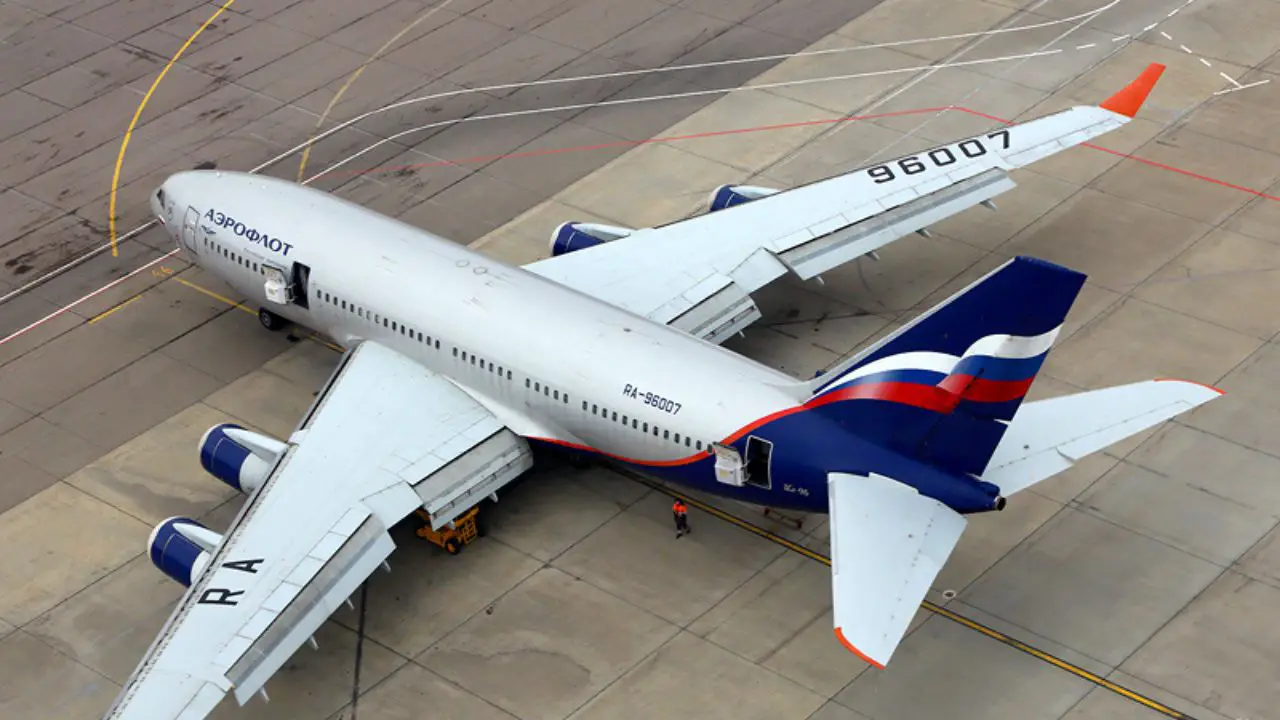According to Deputy Minister Gennady Abramenkov, the Russian Ministry of Industry and Trade is presently engaged in discussions with potential customers regarding the design of a promising wide-body aircraft.
“We are now working on the actual requirements for a long-haul wide-body aircraft. Based on this, the necessary thrust requirements for the engine will be determined,” Abramenkov said at a meeting of the Federation Council Committee on Economic Policy.
According to him, it is imperative to establish an engine type that is appropriate for both civil aviation in the context of long-haul aircraft and state aviation.
Additionally, there are customers in state aviation who have unique requirements for various aircraft classes, for which a unified engine is currently being developed. Consequently, we are currently engaged in the process of collaborating with all of these consumers to ascertain the aircraft designs, evaluate the genuine requirement for engine thrust, and continue engine development,” the deputy minister stated.
The intention is to develop a variety of “heavy” PD-35 engines with a propulsion capacity of 26 to 35 tons for the purpose of equipping wide-body aircraft. Abramenkov observed that a technology demonstrator has been created thus far, and it has been employed to evaluate the PD-35 gas generator, among other things.
The Comprehensive Program for the Development of the Aviation Industry until 2030 (CPAI) delineates the strategies for the production of Russian-made aircraft. The program anticipates the production of 994 civilian airliners, with 592 of these aircraft being manufactured by United Aircraft Corporation (UAC). In the late 1980s, the Ilyushin Design Bureau developed fourteen Il-96-300 aircraft, which comprise the CPAI’s wide-body fleet.
The need for a modern, cost-effective long-haul aircraft has previously been emphasized, including by Aeroflot. “Regarding the Il-96, we do not have it in our plans, but we certainly welcome the creation of a new Russian long-haul aircraft. We expect it to be twin-engine, economical, efficient, and safe,” said the company’s CEO, Sergey Alexandrovsky.
Now, at Altitude Addicts, we would like to forecast the widebody plane that Russia can create with two PD-35 engines.
The Il-96-400M’s commercial impracticality as a four-engine design with high operating costs in comparison to modern twin-engine Western aircraft is the root of Russian airlines’ dissatisfaction. The Il-96-400M is currently being manufactured for government/cargo purposes and as a testbed.
A new widebody aircraft (post-2030) is being developed by Russia, featuring PD-35 engines (35–38 tons of thrust) and a composite wing. The Il-96 is to be replaced by a design that is optimized for a range of 8,000+ nm and a capacity of 250–300 passengers, as Deputy PM Denis Manturov has hinted at this project.
Russia’s PD-35 engine, which has a power capacity of 35 tons per engine, has the potential to be used to develop twin-engine widebody aircraft that are comparable to Western models such as the Boeing 787 and Airbus A350. The PD-35, designed by United Engine Corporation, is the most powerful engine ever developed in Russia. It incorporates sophisticated technologies, including composite fan blades and heat-resistant coatings, to enhance efficiency. Although its thrust range (33–40 tons) is slightly below that of its Western counterparts, such as the Rolls-Royce Trent XWB or GE9X, it makes up for the deficit with innovative materials and design features.
A maximum thrust of 70 tons could be achieved by a twin-engine aircraft that is propelled by PD-35 engines, thereby allowing it to compete with Western widebody jets in terms of payload and range. Projected specifications indicate that such an aircraft could accommodate payloads of up to 60–65 tons and maintain a range of 7,000–8,000 nautical miles, which is in close alignment with the capabilities of the Boeing 787-9 and Airbus A350-900. Nevertheless, the PD-35’s thrust constraints may limit its applicability for aircraft that are heavier, such as the Boeing 777-300ER.
The PD-35 is suitable for both passenger and cargo applications due to its versatility. It is anticipated that it will be used to remotorize existing Russian aircraft, such as the Il-96-400M, and to potentially replace Ukrainian D-18T engines on heavy transport planes like the An-124 Ruslan. Challenges persist, regardless of these benefits. Mass production of the engine has been postponed until at least 2030 as a result of the prioritization of medium-haul aviation programs such as the MC-21 and SSJ-100. The engine is still in the development cycle. Furthermore, its capacity to consistently accomplish its maximum planned thrust has not yet been verified through testing.
In conclusion, the PD-35 establishes Russia’s ability to develop competitive widebody aircraft that incorporate modern materials and efficient designs. However, its protracted development timeline and lower thrust in comparison to Western engines present obstacles to meeting or exceeding Western widebody standards.
Official Website of Youtube Channel – Altitude Addicts
